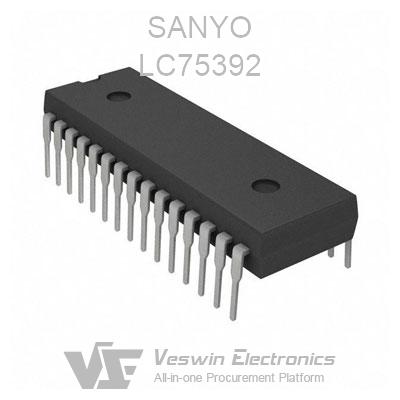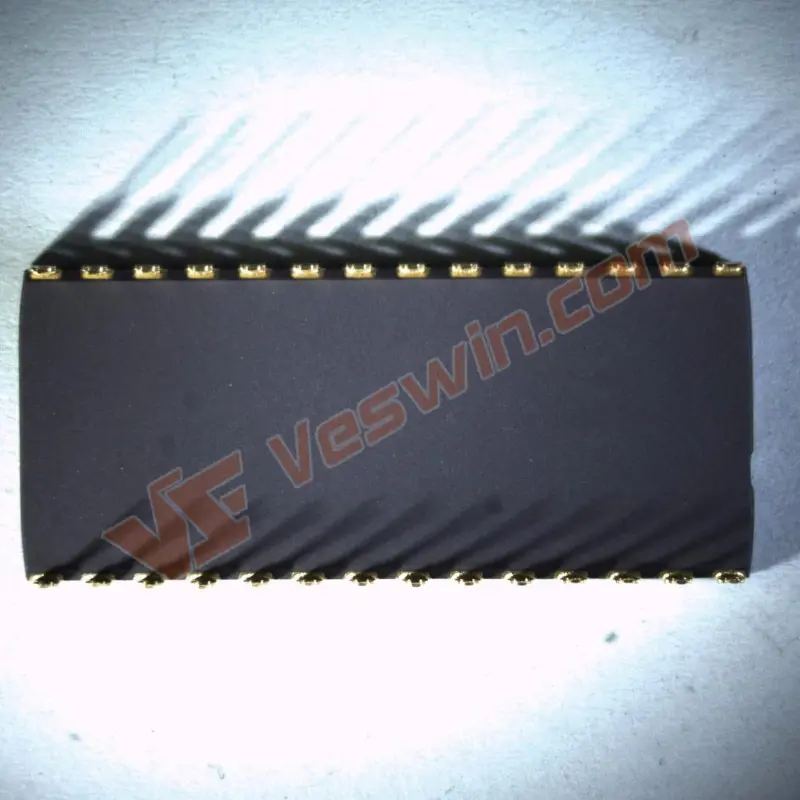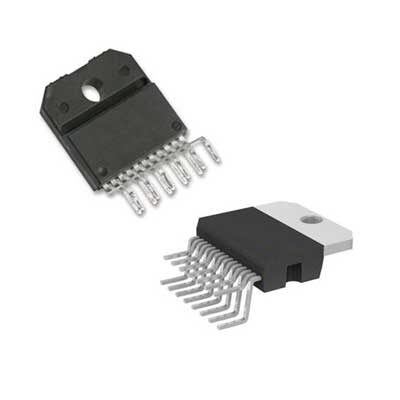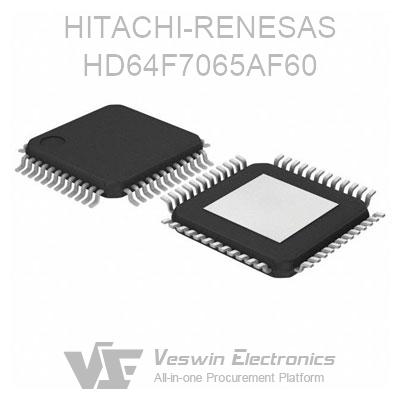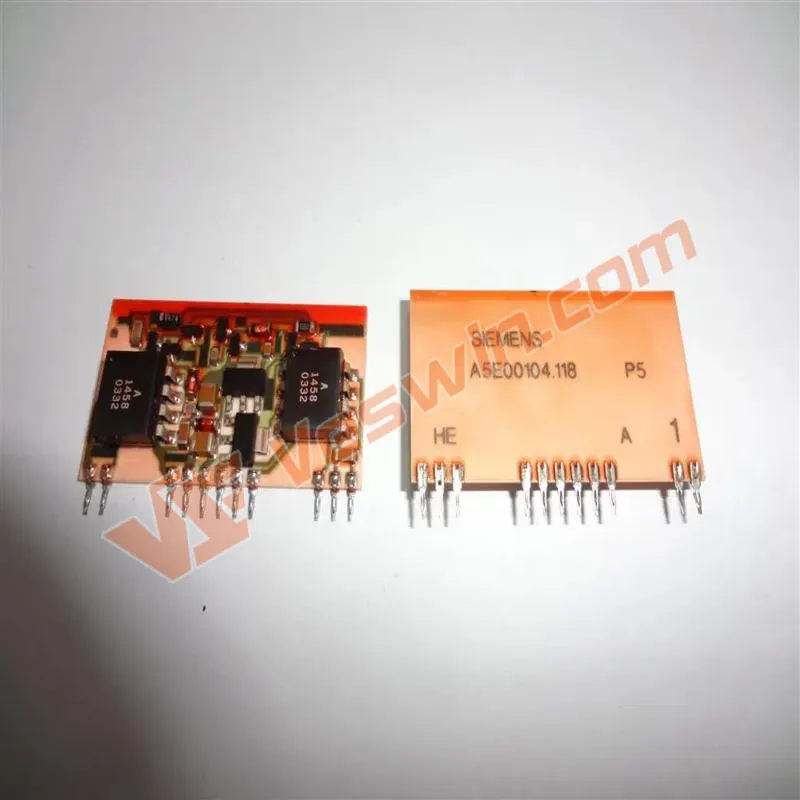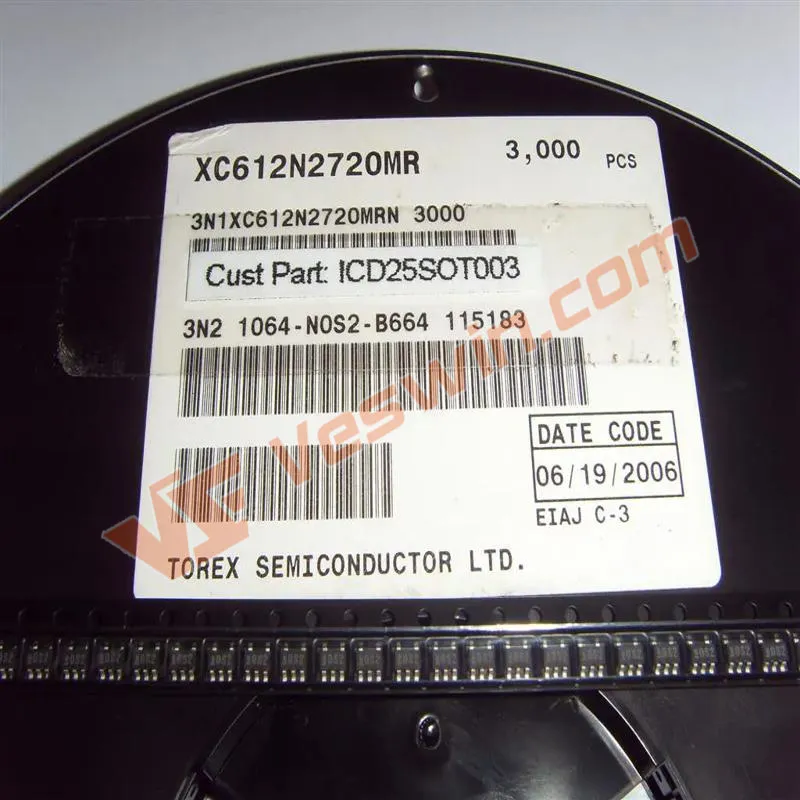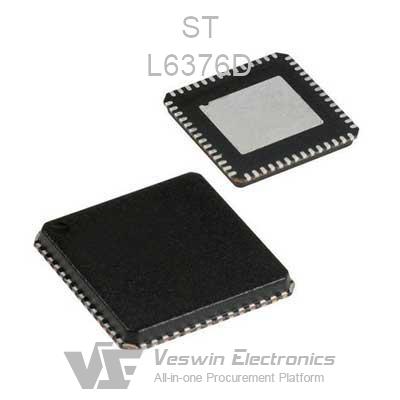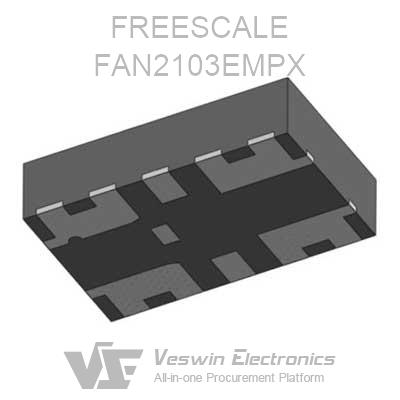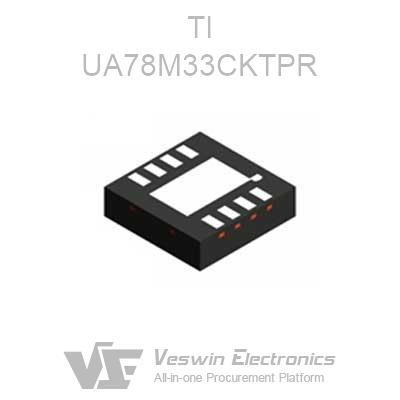The chip is commonly known as "Integrated Circuit". Integrated circuits include analog integrated circuits and digital integrated circuits. If an integrated circuit (chip) contains both analog and digital circuits, it is called a digital-analog hybrid integrated circuit.
The CPU is a central processing unit, including an arithmetic unit and a controller, and is a digital circuit. If the arithmetic unit and controller are integrated on an integrated circuit, it is called a microprocessor. At present, people have confused the central processing unit with the microprocessor.
Therefore, the CPU is a digital chip, just one of many chips.
The manufacturing of a CPU is an extremely complicated process. Only a few manufacturers in the world today have the ability to develop and produce CPUs. The development history of the CPU can also be regarded as the development history of the production process.
The CPU is the core component of modern computers, also known as "microprocessor". For the PC, the specifications and frequency of the CPU are often used as important indicators for measuring the performance of a computer. The Intel x86 architecture has gone through more than two decades, and the x86 architecture CPU has a profound impact on the work and life of most of us.
If you ask what the raw material of the CPU is, everyone will easily give the answer-it is silicon. This is true, but where does silicon come from? In fact, it is the most inconspicuous sand. It's hard to imagine that the expensive, complicated structure, powerful, and mysterious CPU comes from that worthless sand. Of course, this must go through a complicated manufacturing process. However, you can't just grab a handful of sand to make raw materials. You must choose carefully to extract the purest silicon raw materials from it. Imagine if the CPU was made from the cheapest and abundant raw materials, what would be the quality of the finished product. Can you still use a high-performance processor like today?
Intel technicians use automated measurement tools in semiconductor manufacturing plants to monitor wafer manufacturing progress according to strict quality standards.
In addition to silicon, an important material for manufacturing CPUs is metals. So far, aluminum has become the main metal material for the internal parts of the processor, and copper has been gradually eliminated. This is for some reasons. Under the current CPU operating voltage, the electromigration characteristics of aluminum are significantly better than copper. The so-called electromigration problem means that when a large number of electrons flow through a section of conductor, the atoms of the conductor substance are impacted by the electrons and leave the original position, leaving vacancies. Too many vacancies will cause the conductor to be disconnected and the atoms leaving the original position Staying in other places will cause short circuits in other places and affect the logic function of the chip, which will cause the chip to be unusable. This is why many Northwood PenTIum 4 are replaced with SNDS (North Wood Storm Syndrome). When enthusiasts overclocked Northwood PenTIum 4 for the first time, they were eager to achieve it. When the chip voltage was greatly increased, serious electromigration problems caused the CPU Paralysis. This is Intel's first experience with copper interconnect technology, and it clearly needs some improvement. On the other hand, the application of copper interconnect technology can reduce the chip area. At the same time, the copper conductor has a lower resistance, and the current flows through it faster.
In addition to these two main materials, some kinds of chemical raw materials are needed in the chip design process, and they play different roles, which will not be mentioned here.
Hot News
